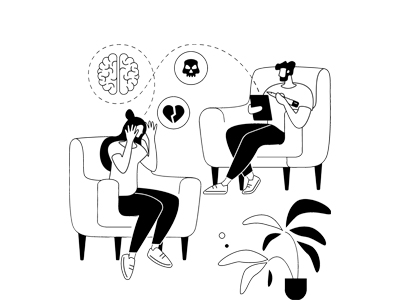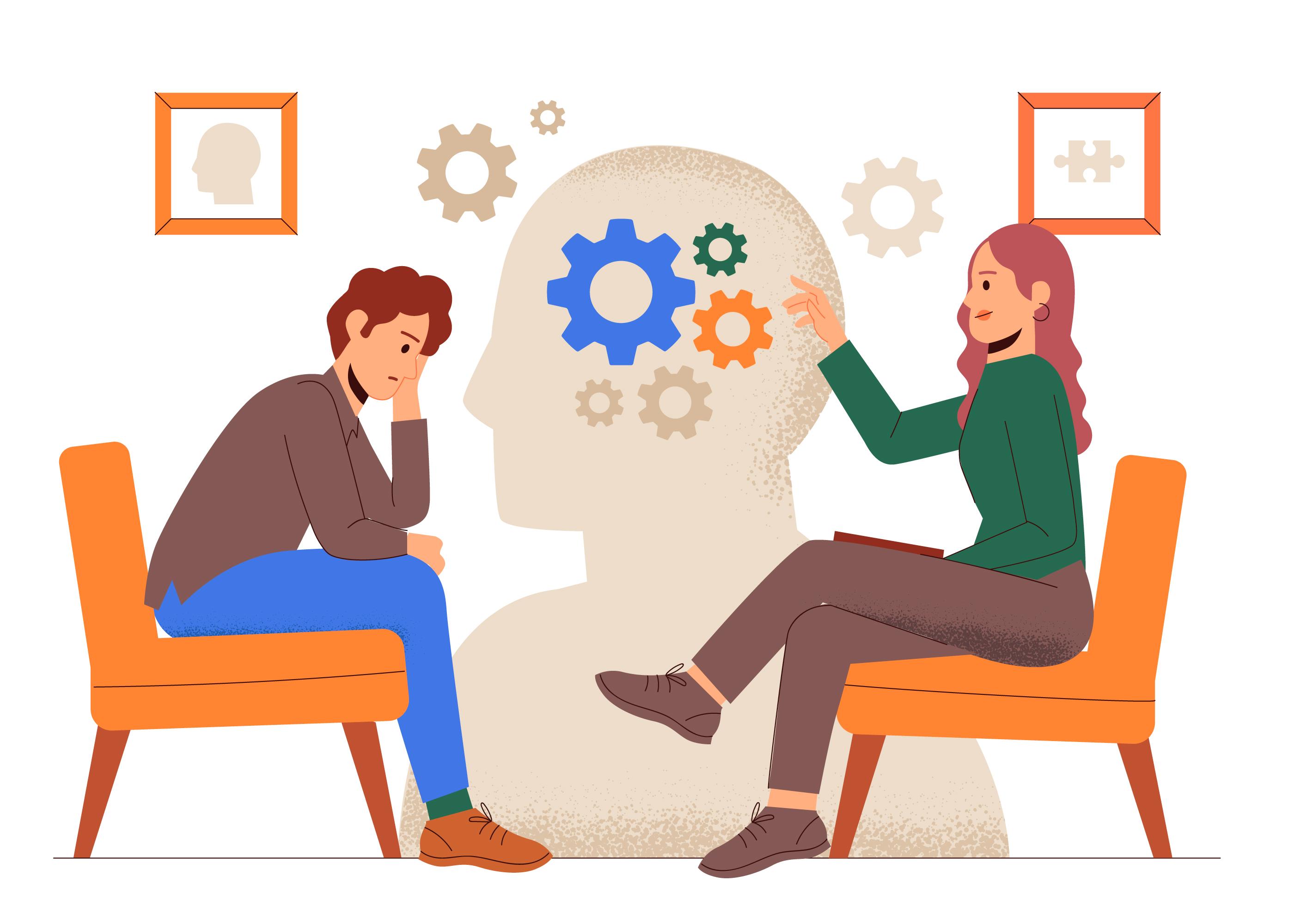Teach on PsyCourse. Become an Instructor today....Register now
Cognitive Behavioral Therapy (CBT) for OCD
By Apoorva MalikCognitive Behavioral Therapy (CBT) is an OCD treatment that combines two scientifically proven strategies for changing a person's behaviour and thoughts: exposure and response prevention (ERP) and cognitive therapy.
Description
Cognitive-behavioral therapy is a psychological treatment that is considered one of the psychotherapeutic treatments that help to heal patients with depression, abnormal behavior, negative thought patterns, anxiety, and emotional disturbances. It identifies emotional issues, behaviour patterns, and thought patterns.
OCD- obsessive-compulsive disorder, a person with OCD experiences excessive thought that leads them to perform repetitive patterns. It is a chronic lack of control over behaviors, emotional imbalance, and uncontrollable negative thoughts.
This course provides a brief conceptual understanding of the theoretical and practical concepts underlying how the treatment cures patients suffering from mental health issues. CBT is a form of cognitive behavioural therapy that is preferred to treat mental health issues such as anxiety and depression. It is applied to rehabilitate OCD caused by fears, doubts, and harmful thoughts that lead to harm to others due to lack of control, aggression, guilt, and panic attacks. CBT provides treatment for substance use, alcohol, drugs, and eating disorders.
This course includes:
- Diagnosis criteria: Diagnosis criteria help to identify the obsessions and compulsions of OCD, including its symptoms, signs, and nature, utilising therapeutic techniques.
- Treatment – Psychoanalysis, CBT, Interpersonal therapy & so forth.
- Theoretical Background: It consists of a psychological perspective to analyse to deal with the effectiveness of OCD. Psychodynamic approach compulsions caused due to unconscious conflict suppressed by the individual. It is interlinked with childhood development and unconscious conflicts effectively. From a cognitive perspective, negative thought processes result in OCD, including an extremely high level of awareness regarding their surroundings and over-focusing on worrying things as threats, which affects their memory process. A biological perspective is caused by genetics, which includes a biochemical and structural based explanation. Different levels of neurotransmitters lead to the cause of OCD being interlinked to the areas of the brain activity system. The behaviourist perspective is co-related to an event or a situation that deals with levels of anxiety and fear and turns out to create a behaviour pattern or a responsive action that reduces fear and anxiety.
- Goals: Goals of CBT OCD include providing effective changes to reduce negative thoughts and enhance positiveness and behaviour patterns with coping skills regarding thought processes and emotional breakdowns.
- The OCD Model deals with intrusive thoughts that include maladaptive responses, anxiety, and distress.
- Normalizing—CBT refers to the interactive activity labelled as "normal." OCD is normalised with reassurance, collaborative, and cognitive interventions.
- Active change – Effectively responsive rates of OCD are between 50% and 70% approximately, which enhances improvement strategies.
- The ERP-CBT tool exposes the patient’s stress causing obsessive thought process that doesn’t allow compulsive behaviour patterns. It includes ritual/responsive prevention, vivo exposure, and imaginal exposure.
- Competencies & Supervision: This trains an individual to cope with anxiety and distress and deals with triggering obsessions and compulsions. "Questioning refers to conceptual issues with patients generating constructive therapeutic relations that nurture.
- Exposure and confrontation: Treatments for behavioural patterns and ERP break the cycle of avoidance and ritual behaviours that form obsessions and compulsions. After treatment sessions, the clinician identifies internal and external triggers and acts to confront the patient’s fear factors and abstains from engaging in compulsions.
- Therapy Blueprint: It deals with the patient’s intrusive thought processes, behavioural responses, fears, doubts, imaging, and urges.
- Overview and Assessment – CBT rehabilitation OCD is treated with techniques that reduce distress, to break the link between obsessive thoughts and ritualistic compulsive behavior. The techniques that are utilised are ERP, CBT, and relaxation exercises. To relieve fears, anxiety, extreme awareness to constant checking, overflow of thoughts causing fear of harming others.
Course Duration: 3 Months.
View More
What you'll learn
- Cognitive Behavioral Therapy (CBT) for OCD
- Obsessive-Compulsive Disorder Model
- Approaching Active Change
- How Cognitive Behavioral Therapy (CBT) is extremely helpful in treating OCD
- Assist the learning process in breaking the negative thought cycle
- Mechanisms of exposure and response prevention (ERP)
View More
Key Highlights
-
Expert faculties
-
Instant e-Certificate
-
Virtual Classroom for Students
-
RCI Registered Faculties
-
Skill Oriented Course
-
Skill Based Training
Please login to rate and review the course.
Related Courses
By: Apoorva Malik
Certificate in Dialectical Behavior Therapy (DBT)
By: Apoorva Malik
Cognitive Behavioral Therapy (CBT) for Depression
By: Apoorva Malik
Cognitive Behavioral Therapy (CBT) for Anxiety
Featured Courses
Learners liking following courses.



.jpg)
-for-Depression.jpg)
-for-Anxiety.jpg)
-for-Depression.jpg)










